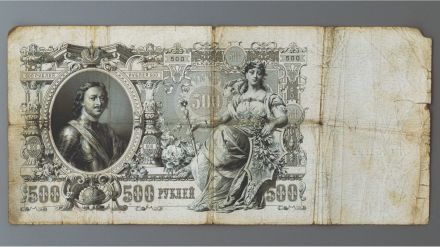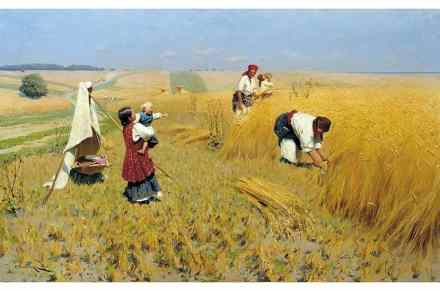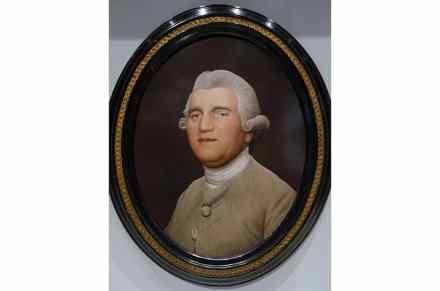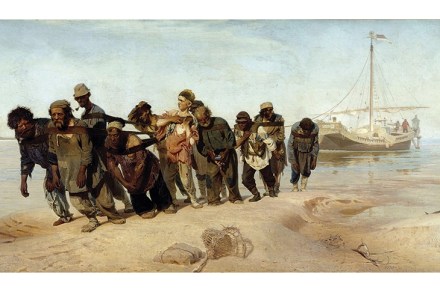Russia’s complex relationship with the ruble
The most impressive banknote I have ever seen is the 500 ruble note produced by the Imperial Bank of Russia between 1905 and 1912. About four times the size of a modern £50 note, it is magnificently emblazoned with a portrait of Peter the Great and a profusion of cupids and classical pillars. It looks as high-denomination money should look – luxuriant, confidence-inspiring and valuable. The ruble (from ‘rubit’, to chop) was originally a chopped-off piece of Viking silver ingot Appearances can, of course, be deceptive. My Russian wife’s great-great-grand-father, the owner of the Volga Bread Bank of Saratov, unwisely chose to keep his considerable savings in the form of





